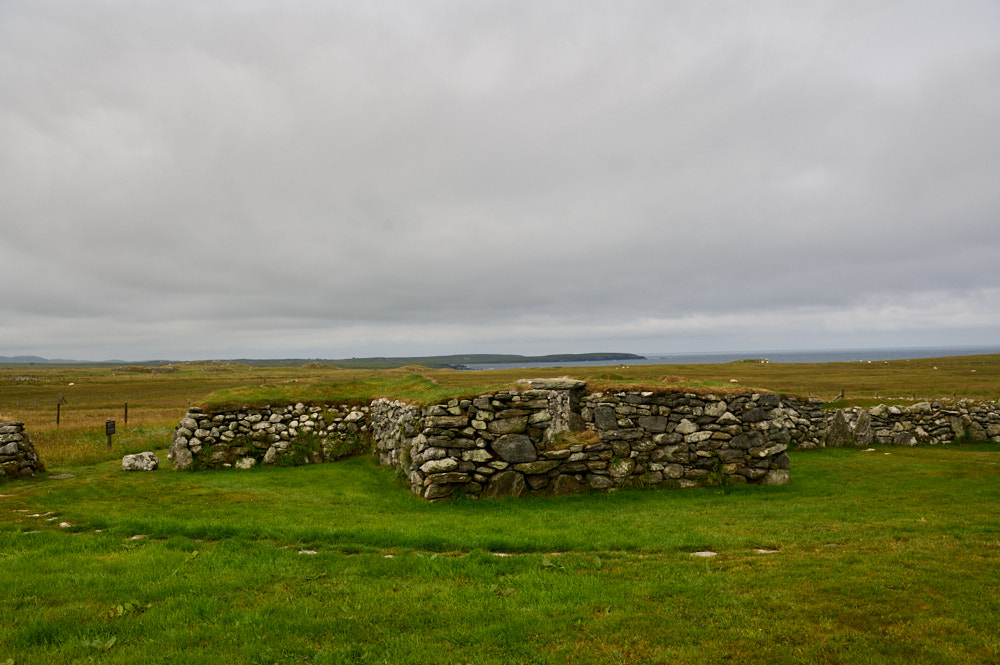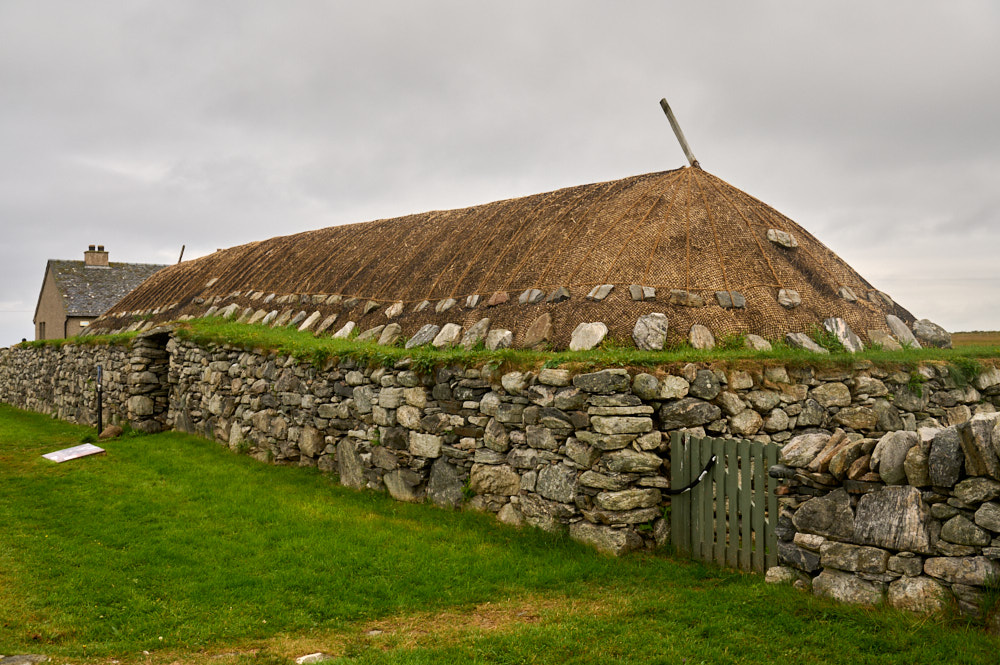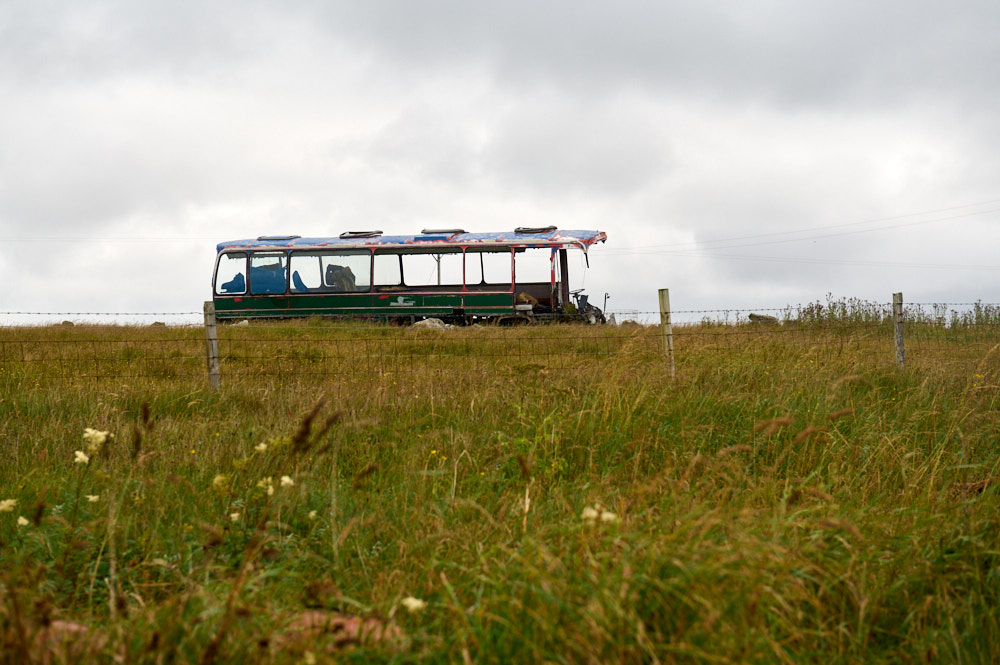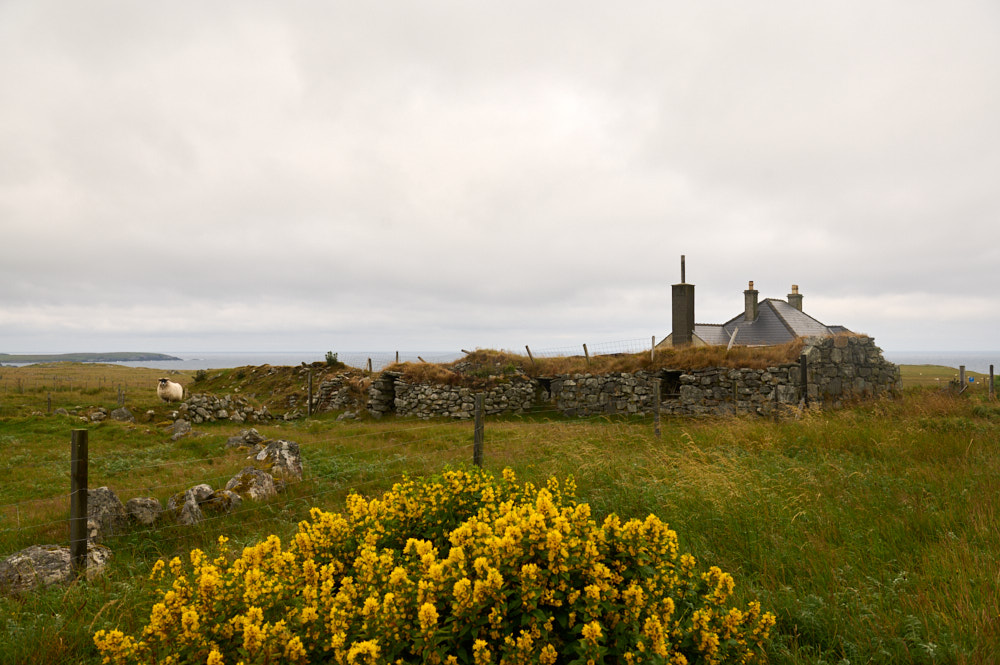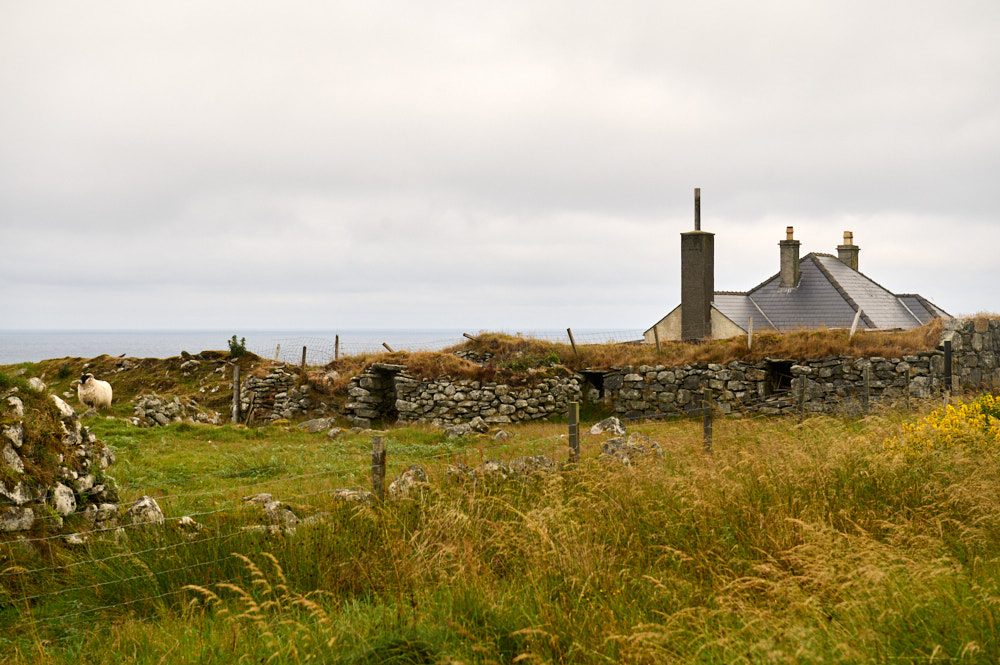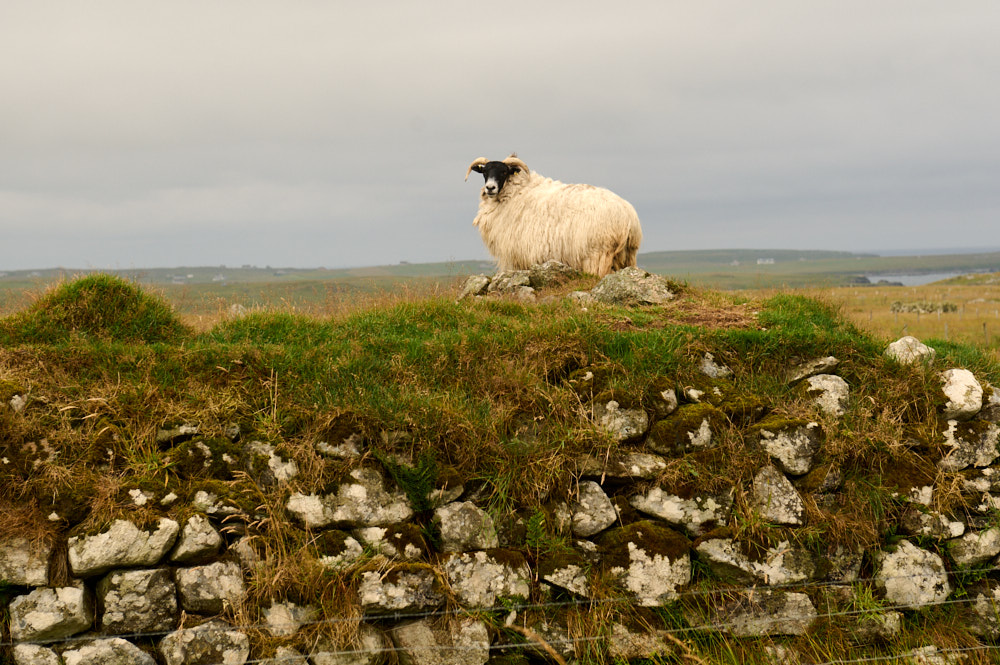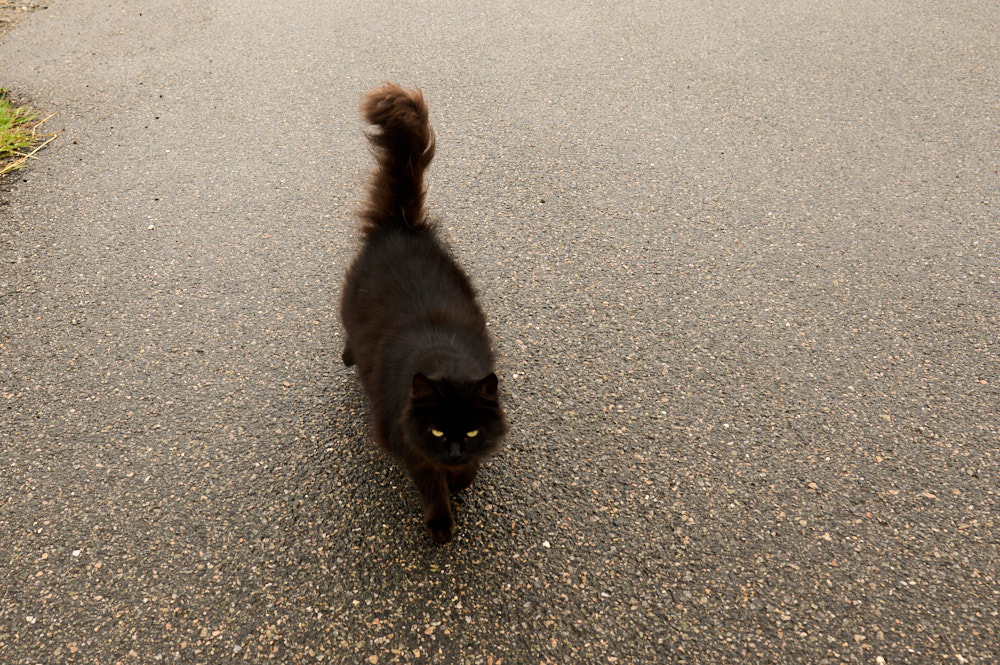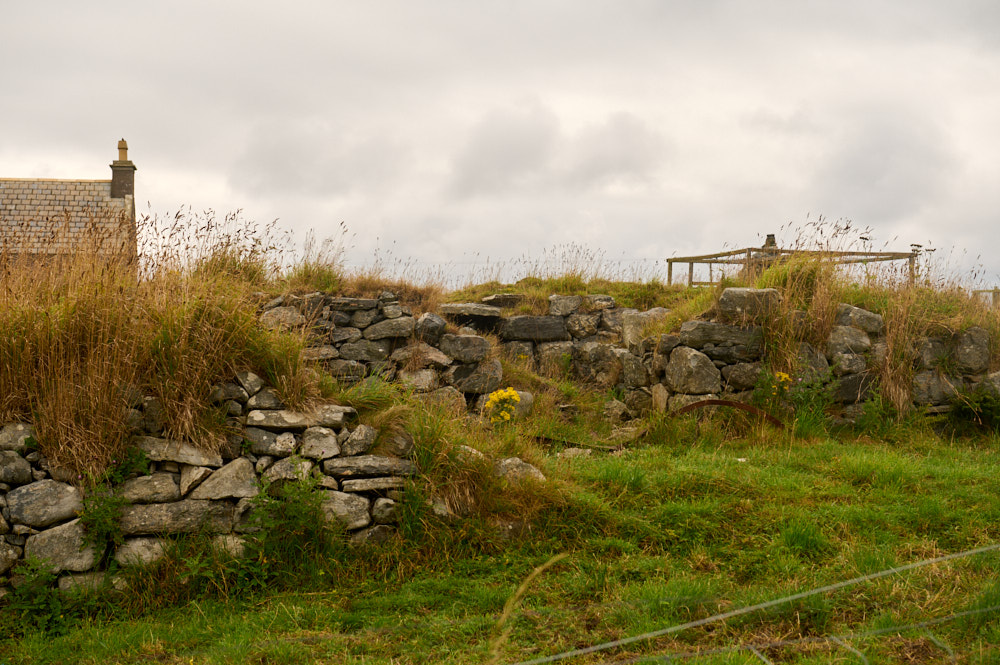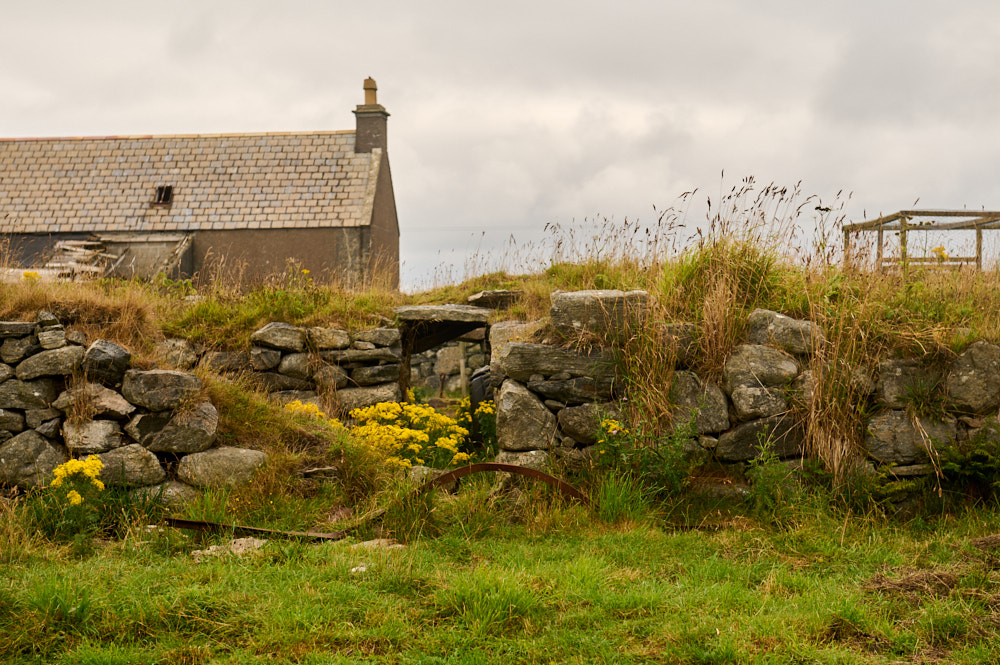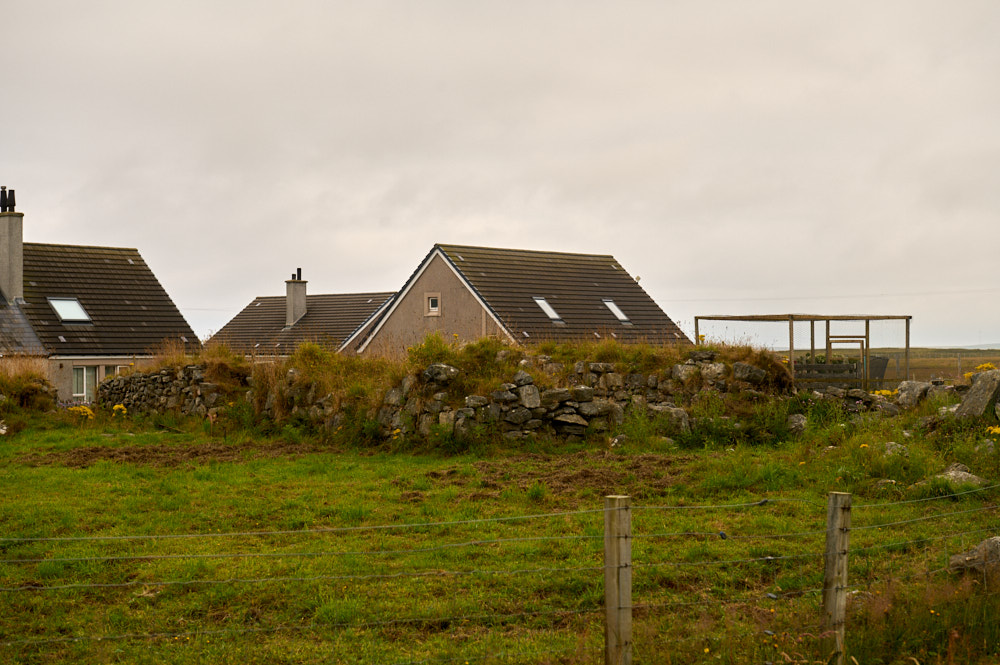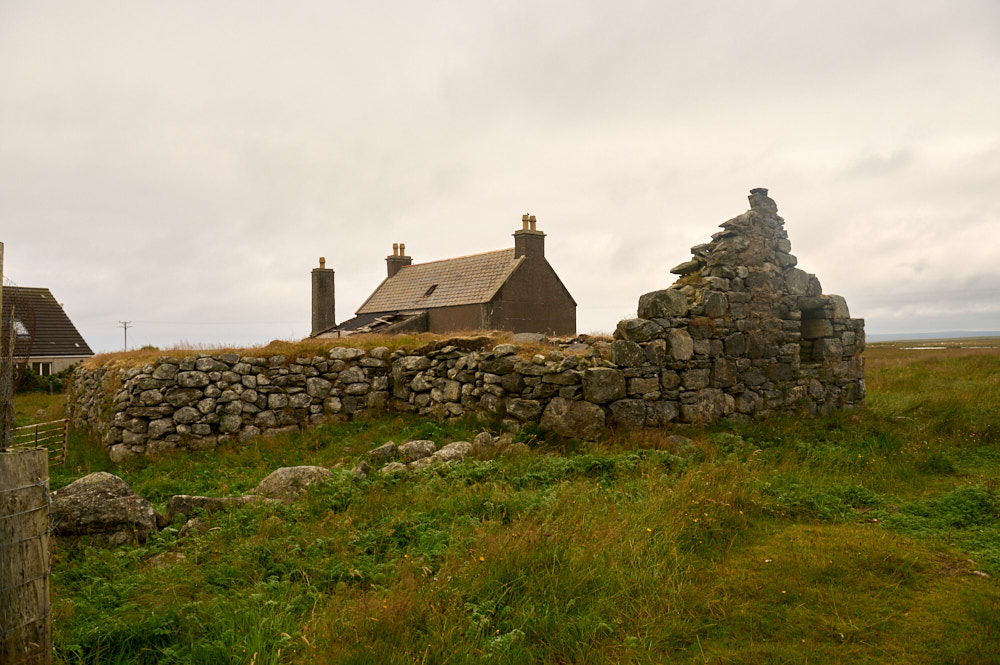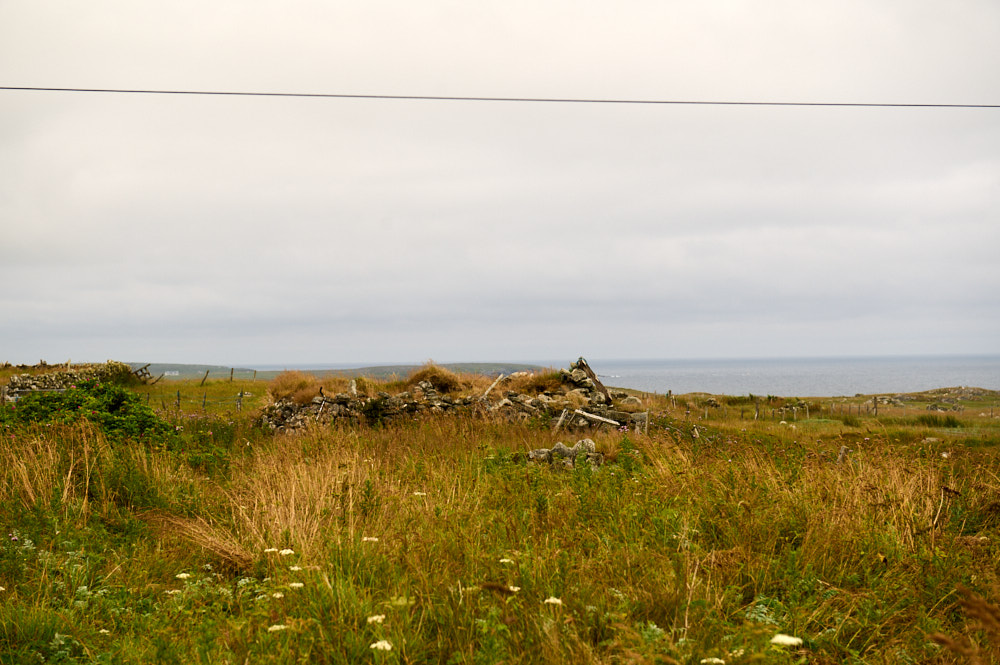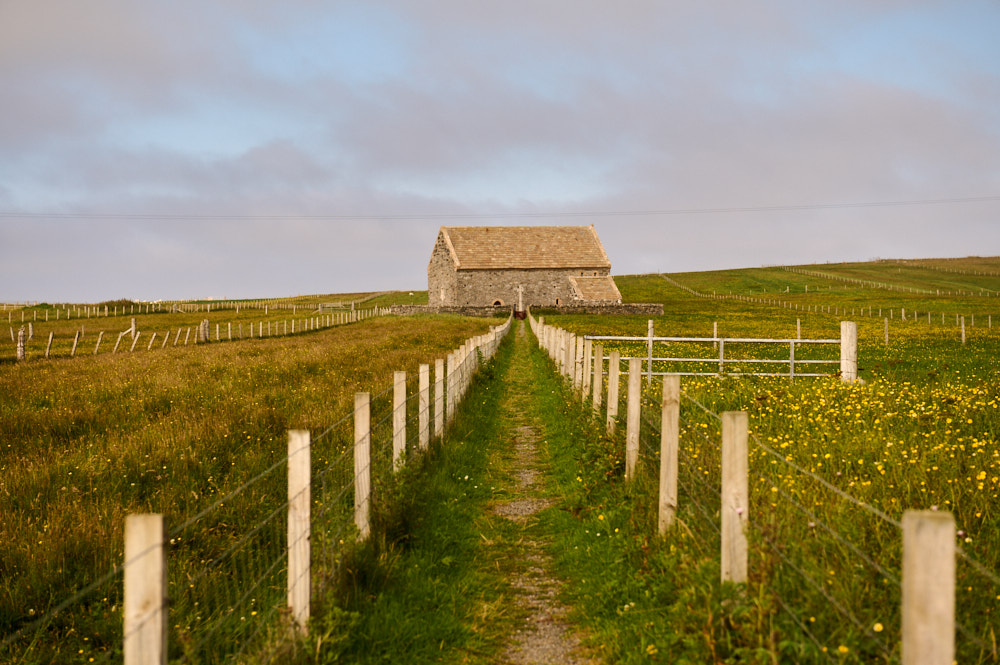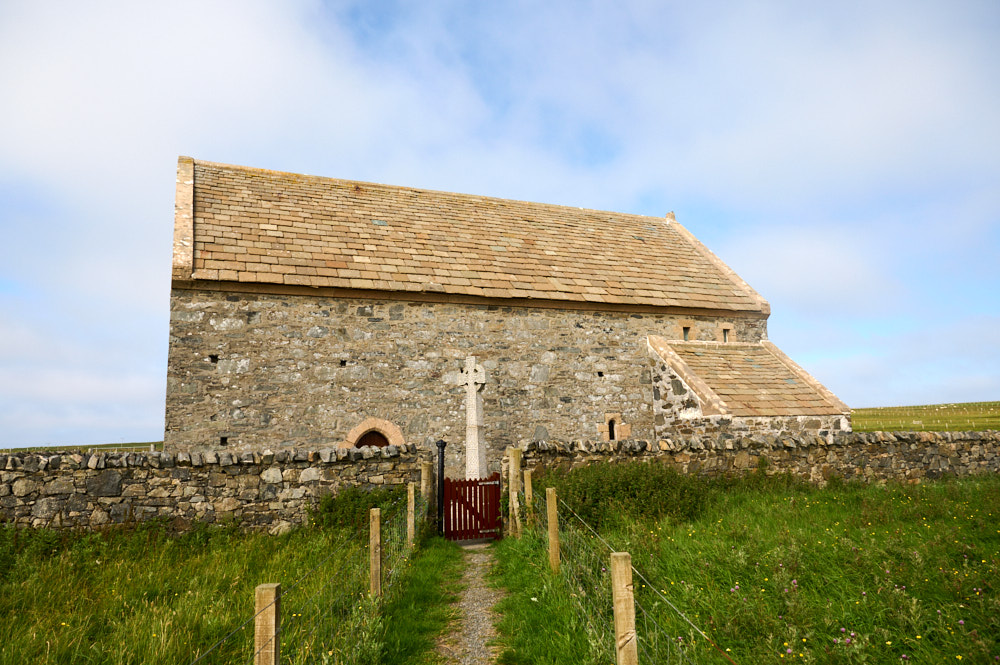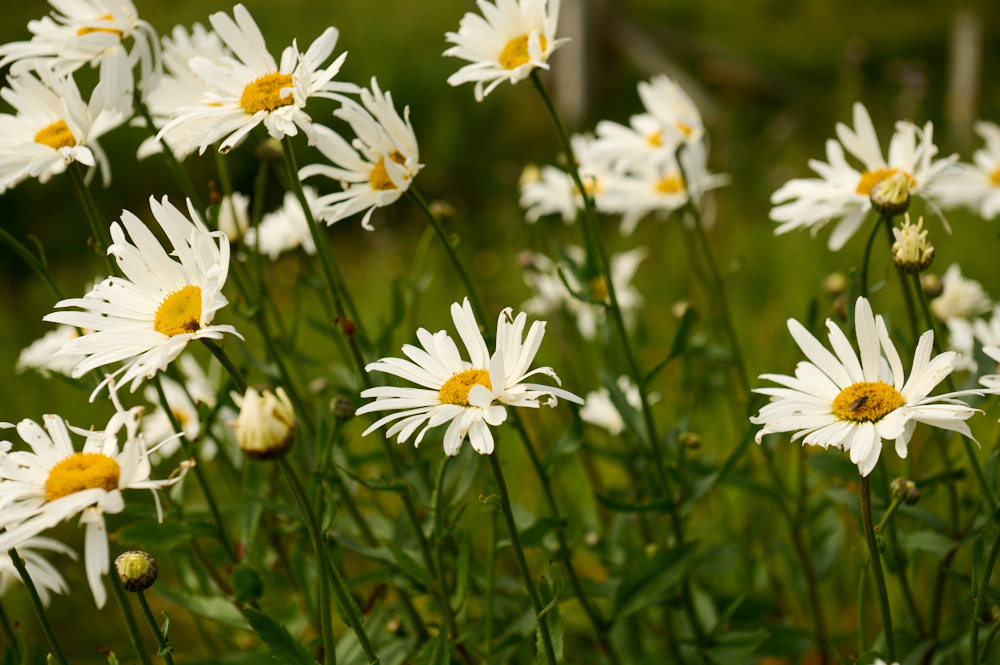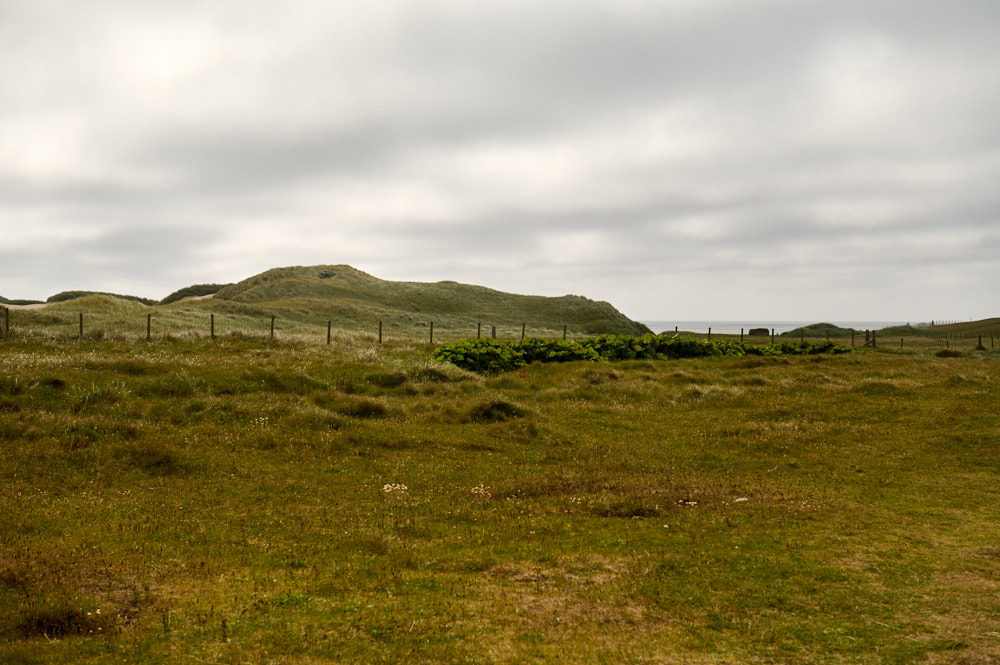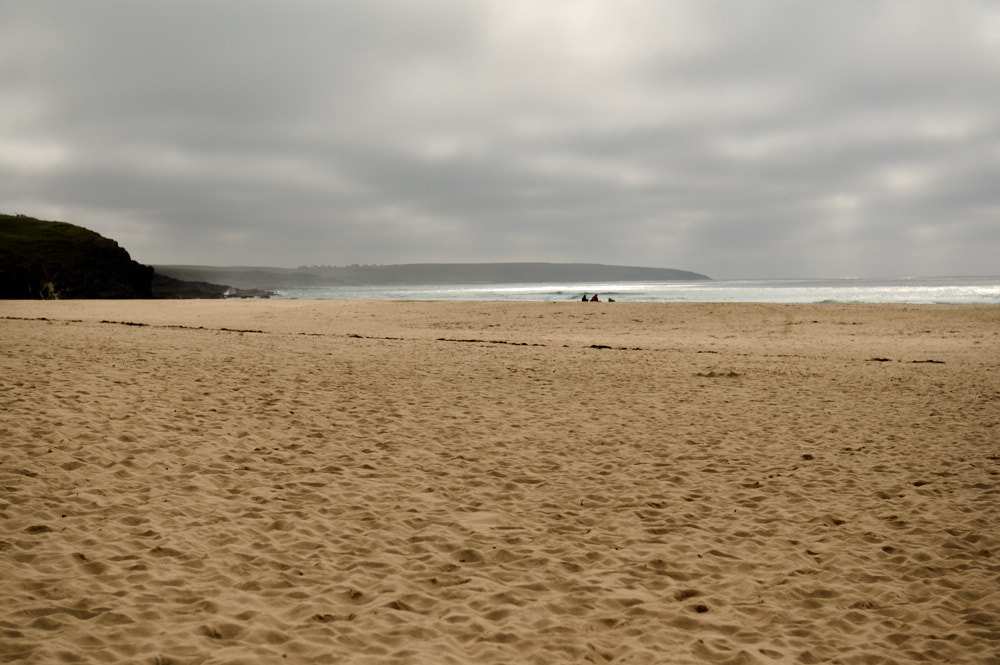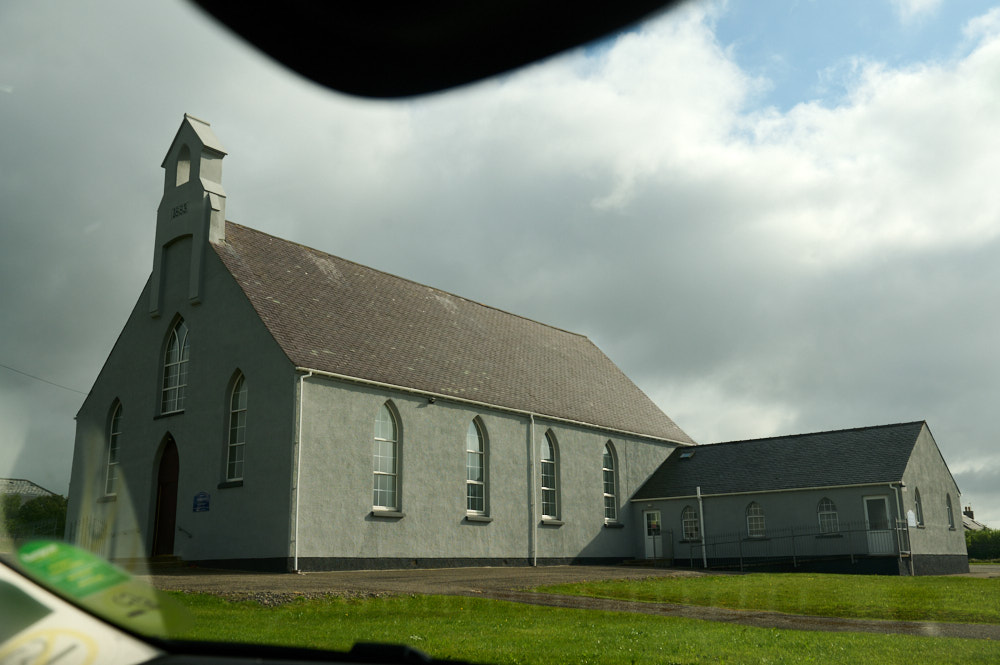It was time to visit the restored Arnol Blackhouse finally. Or taigh-dubh as a blackhouse is called in Gaelic.
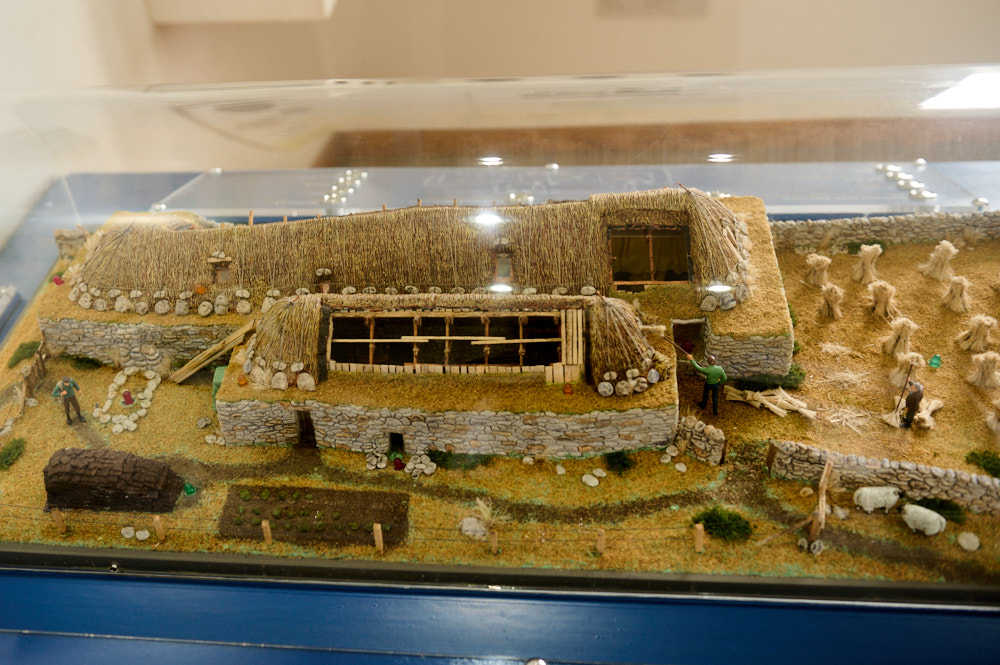
Right next to the blackhouse is a little information centre and tiny shop, telling more about the blackhouse and the people who used to life there. I really enjoyed seeing this overview of the house.
A blackhouse usually comprised a long narrow building, often with one or more additional buildings laid parallel to it and sharing a common wall. The walls were made from an inner and outer layer of unmortared stones, the gap between them filled with peat and earth. The roof would be based on a wooden frame, resting on the inner stone walls, giving the very characteristic wall-ledge. (Undiscovered Scotland)
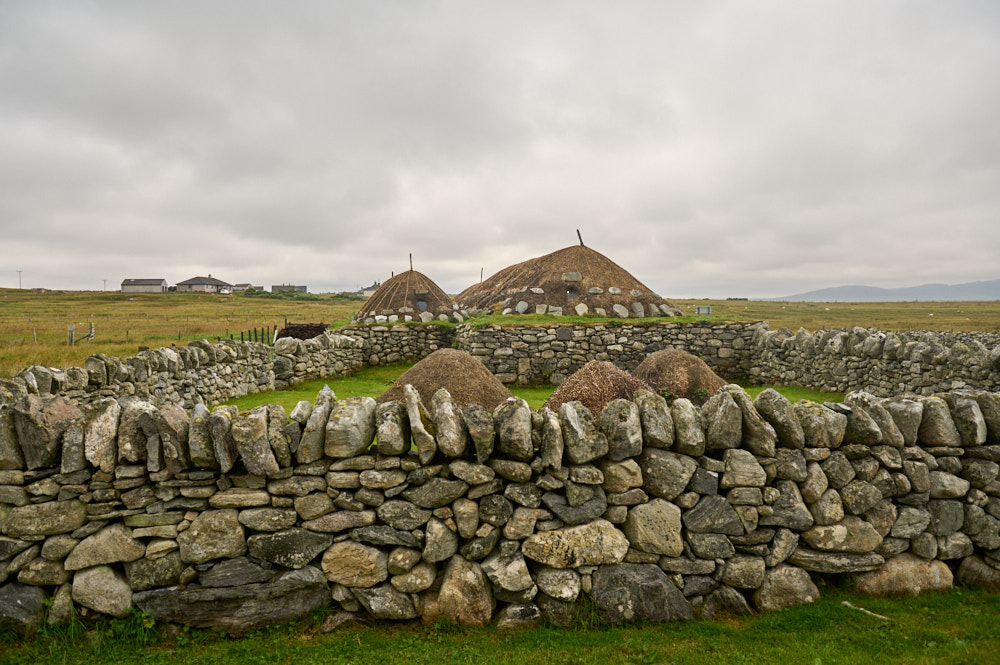
The blackhouse didn´t have a chimney, the smoke of the peat fire would find its way out through the thatches and also helped keep insects at bay.
The smoked thatch was also an excellent fertiliser and was used on the fields after it was stripped down and renewed every year.
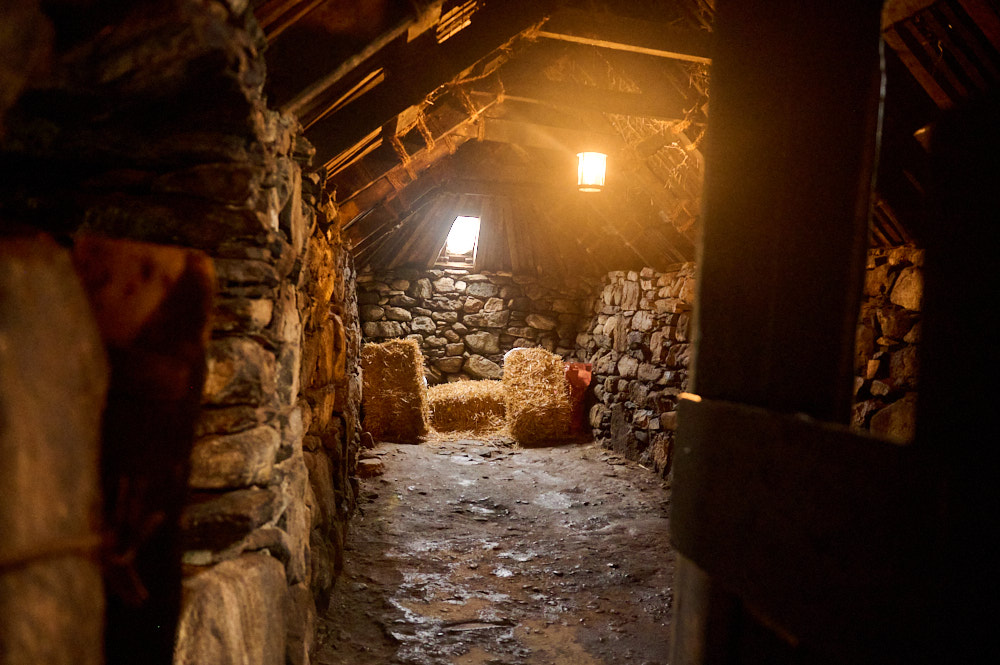
The animals would be on one side of the house with earth flooring, without any flagged floors like in the living areas. The whole design of the blackhouses was based on the housing we know from Skara Brae 5000 years ago, but the houses themselves were built more recently. This specific at Arnol No 42 was built in 1875.
And in 1960 there were still nine blackhouses in use in Arnol: while the group now restored as the blackhouse village at Gearrannan, further along the coast, was only abandoned in 1974. (Undiscovered Scotland)

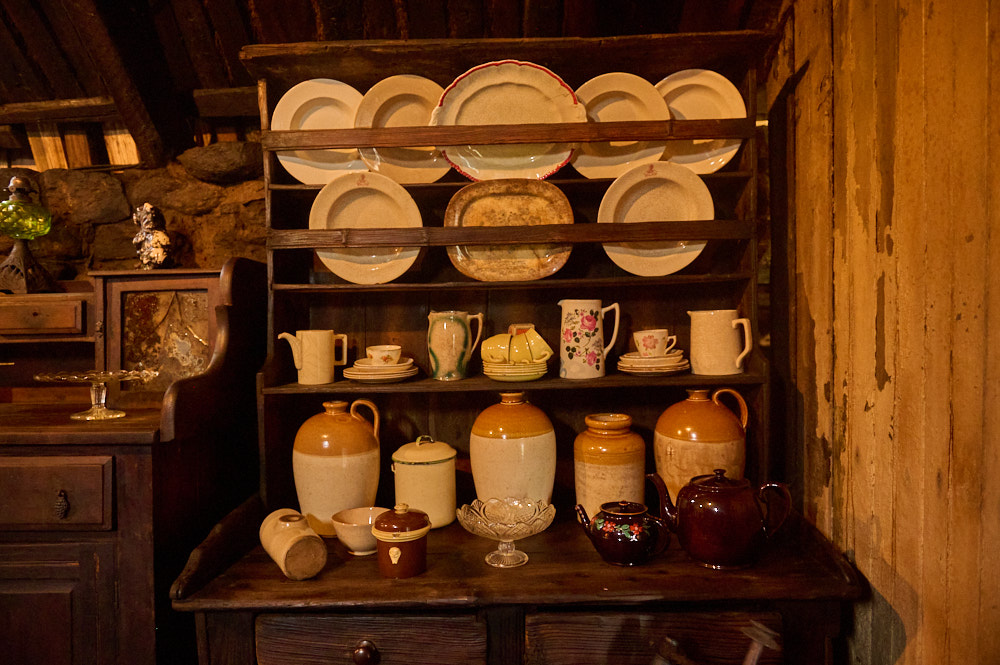
The Arnol Blackhouse at No 42 gives a good insight on how living in a blackhouse might have been, even if it is a slightly “cleaned up” version. The thatched roof is built differently and wallpaper had been removed. But one still smells the smoke of the peat fire and this smell lingers in the clothes forever.
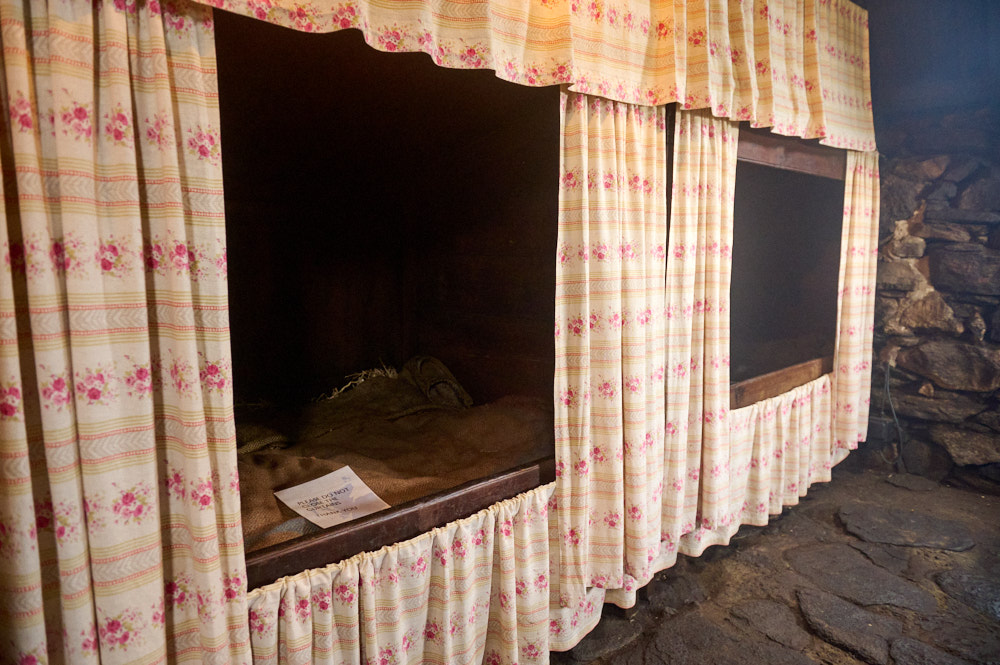


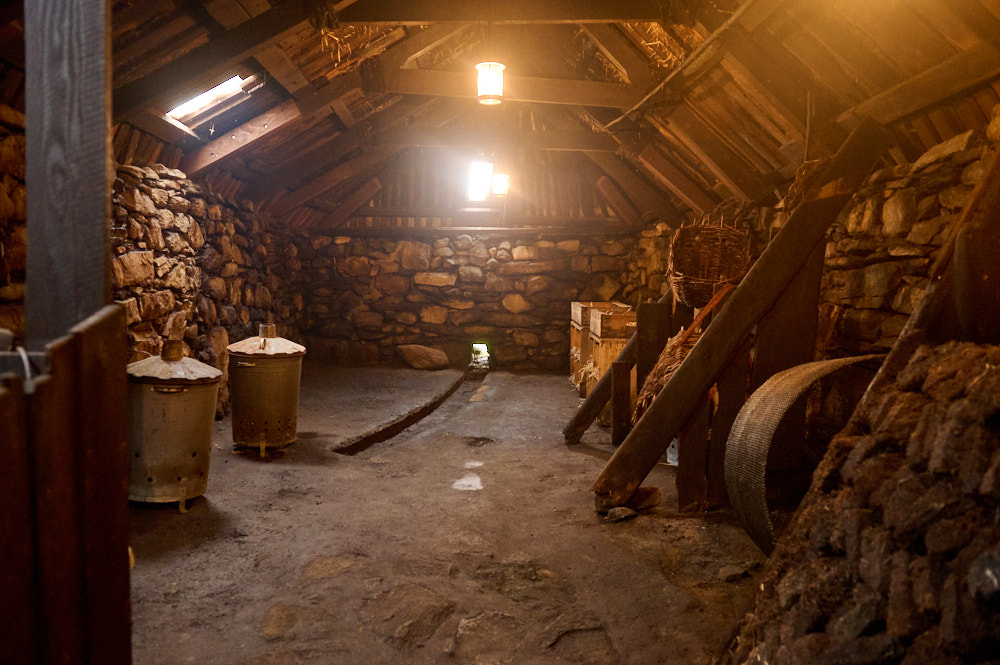
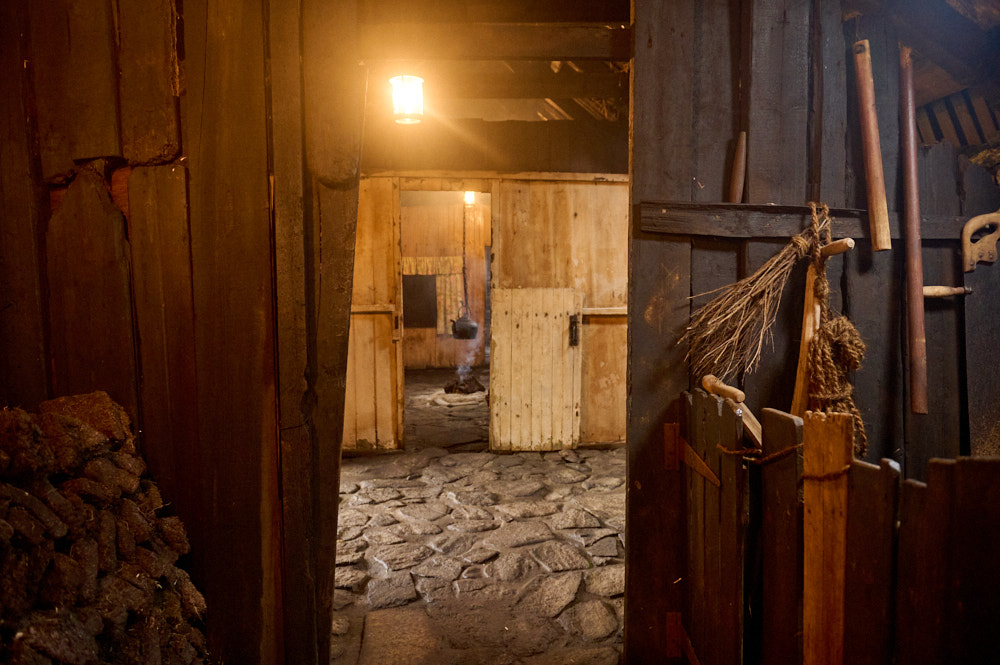
On the other side of the road there is not only a “White House” included in your visit (see next blog post) but also the remains of other blackhouses, which had a bit different layouts.
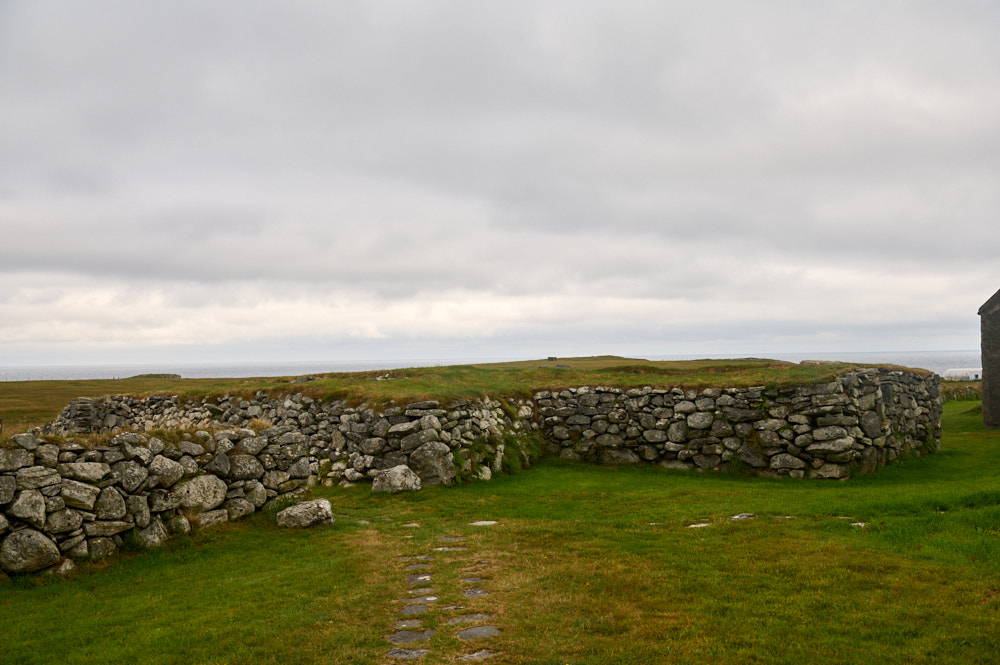
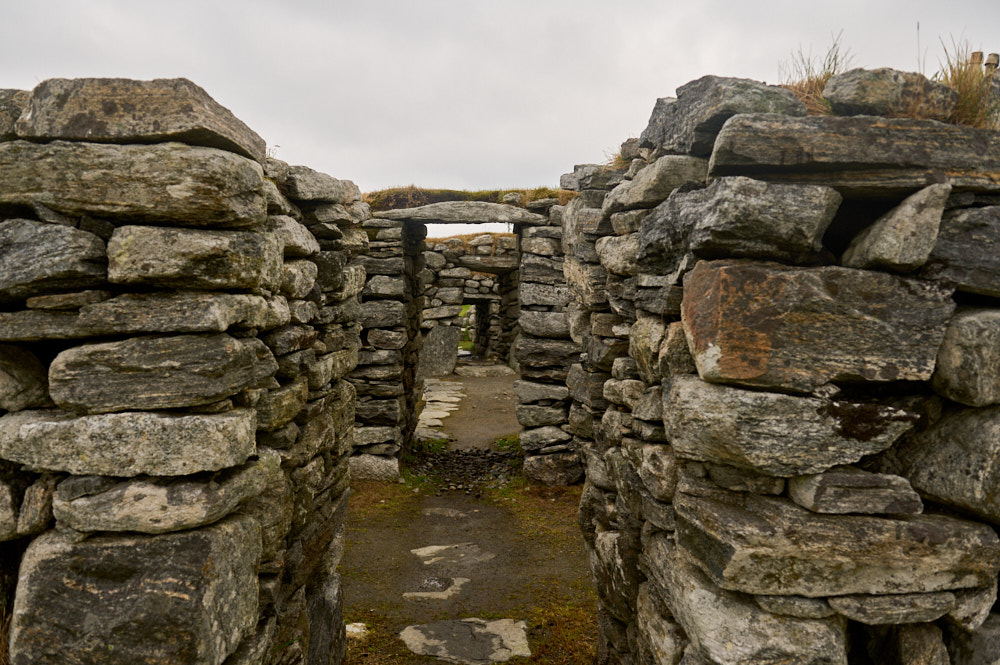
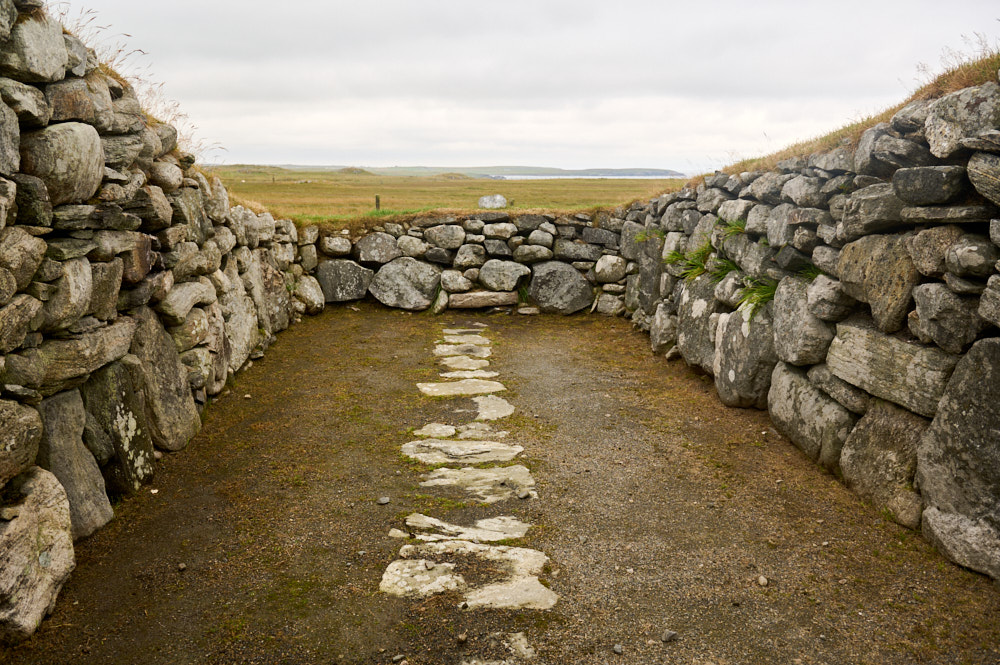
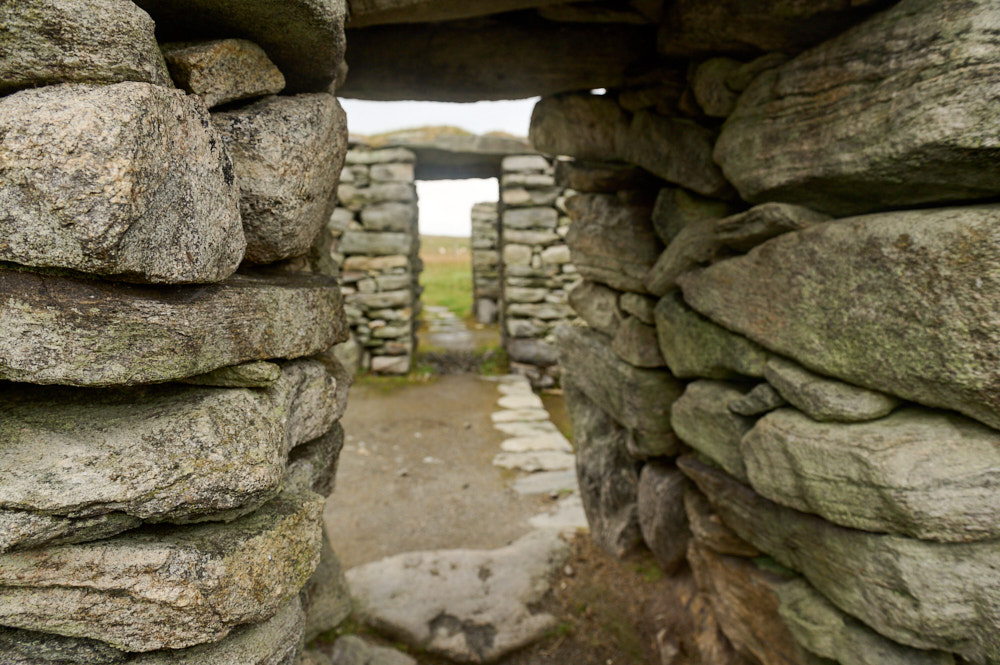
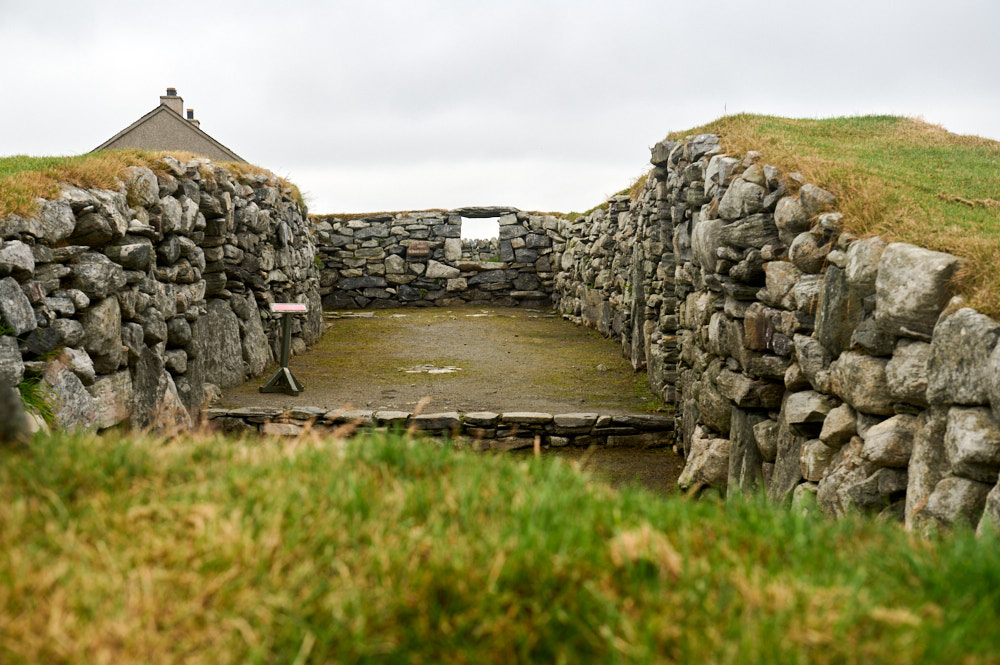
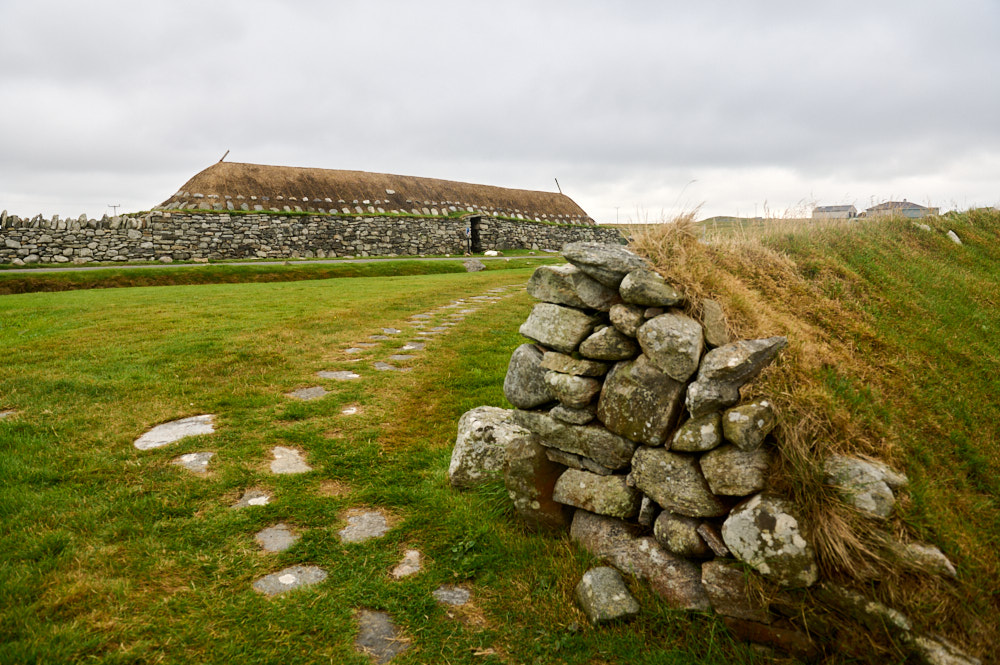
View back to the Blackhouse at No 42.
